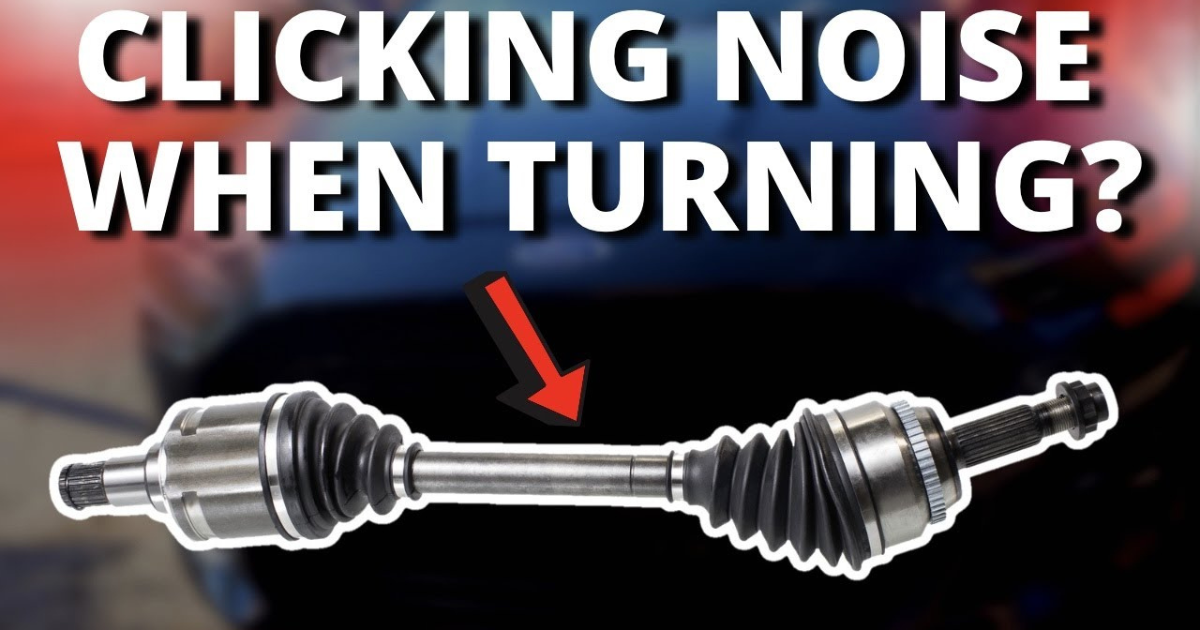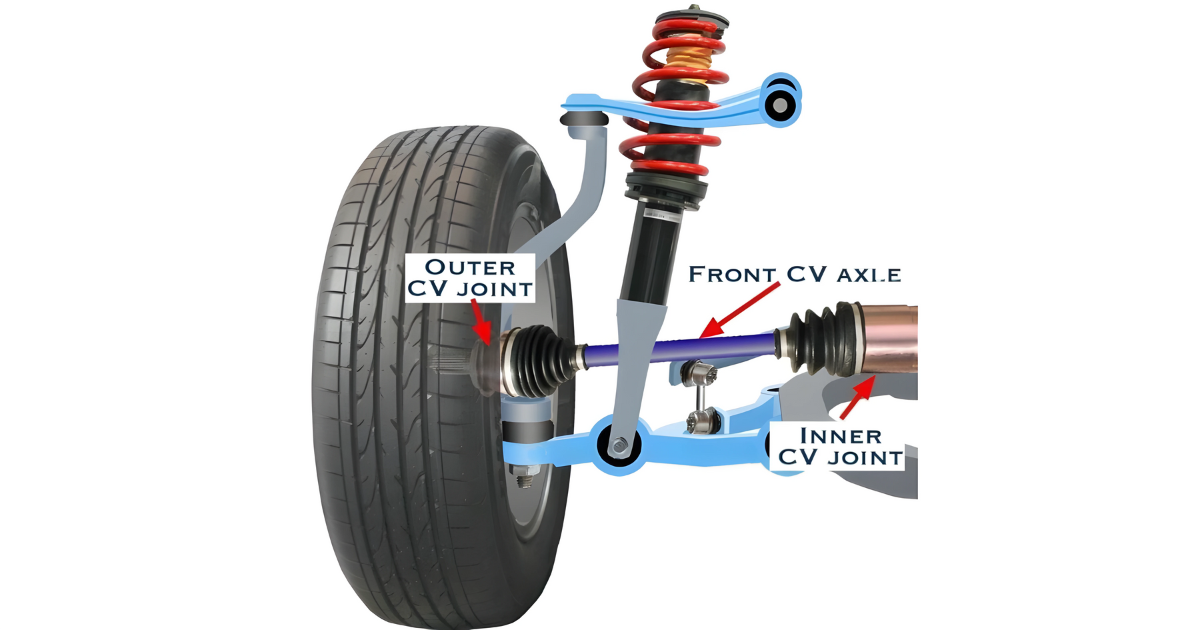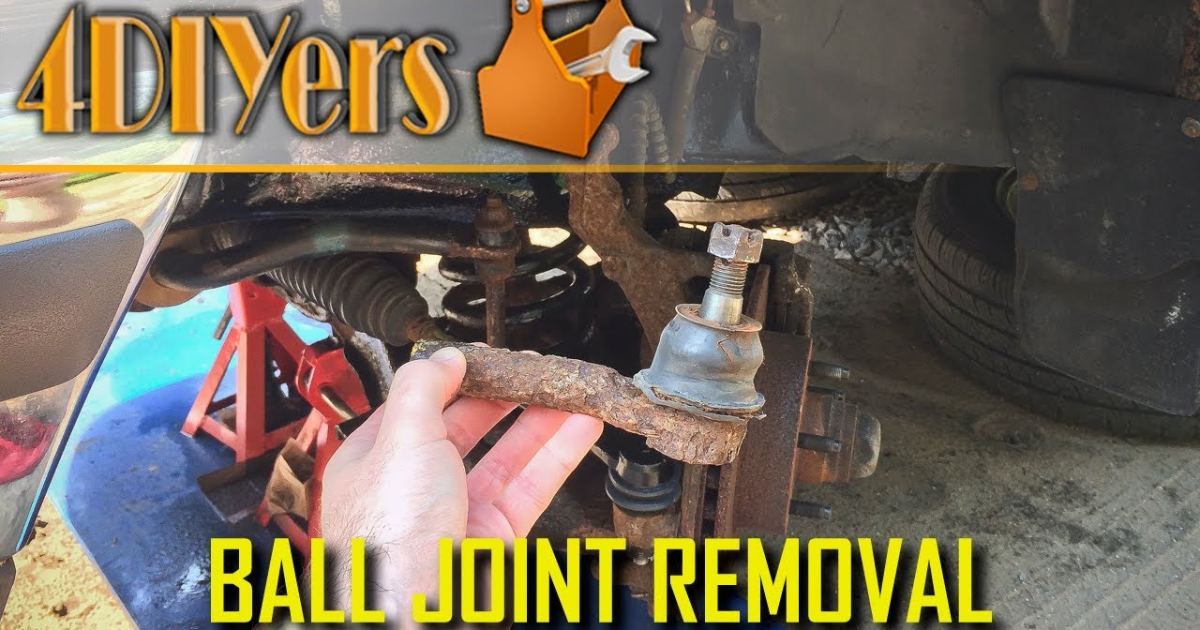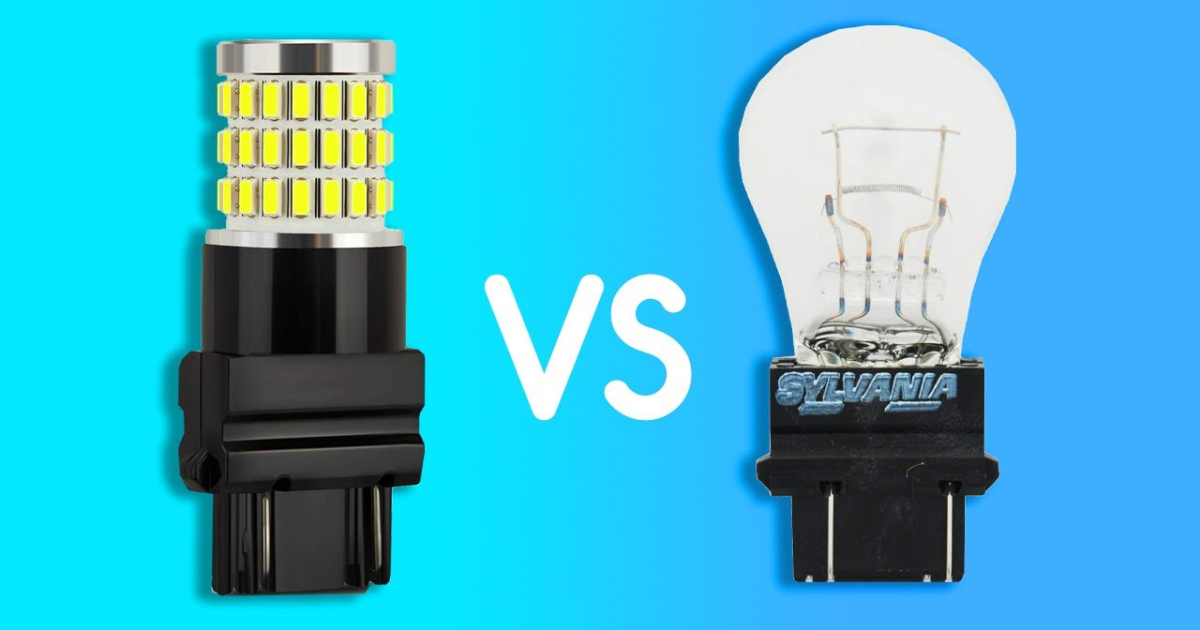The CV axle and CV joint are crucial components of a vehicle’s drivetrain. They work together to ensure that engine power is transmitted to the front wheels smoothly. However, many people often confuse these two components or think they are the same thing. This article aims to clarify the differences between the CV axle and CV joint.
What is a CV Axle?
A CV axle, also known as a constant velocity axle, is a type of axle mounted on all front-wheel drive vehicles. It helps transmit power from the engine to the front wheels, even when the wheel is turned. The CV axle gets its name from its design pattern, which ensures that the speed is constant, regardless of the direction the outer wheels face.
What is a CV Joint?
A CV joint, or constant velocity joint, is a coupling tool with bearings and cages that enables the rotation of axles and transmission of power at different intersections. It is a component of the CV axle and is located at the end of the axle. The CV joint houses three components-balls, a cage, and an inner raceway, all filled with grease, enclosed in a casing and covered with a rubber boot.
CV Axle vs. CV Joint: Differences
While the CV axle and CV joint work together, they have different functions, are built differently, and have different lifespans. Here are the major differences between CV axles and joints.
Function:
The CV axle houses the CV joints and helps transfer engine power to your drive wheels. In contrast, CV joints help link the axle to both the transmission and drive wheels. They prevent the axle from colliding or breaking when turning or going through a bump.
Materials or Composition:
CV axles and joints are made of different materials. CV axles are made of SAE grade 41xx seal, also called chrome moly steel or chrome-molybdenum. Some CV axles are also made from SAE grade 10xx steel, commonly called carbon steel. On the other hand, CV joints are made of rubber and steel. The components that make up the CV joint-cage, balls, and inner raceway are built with steel, while its protective boot is made of rubber.
Replacement Cost:
A CV axle replacement costs $300-$1500, depending on the vehicle and labor time. In contrast, a CV joint replacement costs around $900-$1200, with a majority of the cost going to labor fees.

Are CV Axles and CV Joints the Same Thing?
CV axles and CV joints are not the same thing. CV joints are parts of the axle that connect your drive shaft to your transmission and drive wheels. They allow the rotation of the axle. The axle helps transmit engine power to your drive wheels. However, both components must work collectively for your wheels to move.
Conclusion:
The CV axle and CV joint are crucial components of a vehicle’s drivetrain that work together to transmit engine power to the front wheels. While they have different functions, materials, and replacement costs, they both play an essential role in ensuring smooth and efficient driving. By understanding the differences between CV axles and joints, car owners can better maintain their vehicles and prevent costly repairs in the future.





